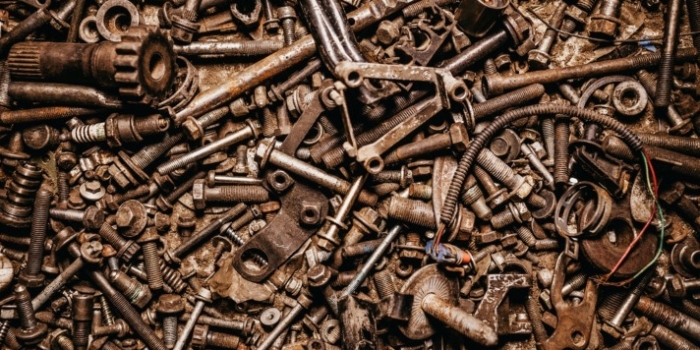The concept of the screw can be traced back to around 200 BC. Since then, there have been significant advancements, and different screw head types have been introduced. Today, screw heads are classified under two broad categories — countersunk screw heads and non-counter sunk screw heads. The selection of a screw head should be determined by your scope of work and your preferred finish. So, what are countersunk screw heads and non-counter sunk screw heads? Let’s dive in.
Check out our EZ Screw Builder to build your custom screw!
Countersunk Screw Heads
Countersunk screws mainly have oval, flat, or bugle heads. They sit flush on the surface of the material they are installed on and don’t protrude. This enables other objects to rest stably on the surface without being disturbed by the screw heads. Countersunk screws are often used in hard and soft woodwork projects using a method referred to as countersinking. What this means is that you have to first drill a pilot hole with the correct head angle before installing the screw.
Depending on the type of screw head shape, countersinking will be necessary to ensure that your screws fit well on a surface. Some of the head shapes that will require countersinking include flat screw heads, raised screw heads, and bugle screw heads. For a flat screw head, you can also use a flat head screw cover to conceal the head. Luckily, a custom screw manufacturer has custom screw options that can be tailor-made to fit your project.
Non-counter Sunk Screw Heads
The bulk of custom screws today have non-counter sunk screw heads. This type of screw head protrudes and is fully exposed when installed on a surface. The head shape of these screws doesn’t have an angle. Consequently, you don’t need to countersink them. Most of the custom screws have this type of screw heads, and they include binding screws, domed, button, cheese, hex, flange, square and truss heads, and many more.
Before selecting screws for your project, you should be clear what type of screw heads you will need to utilize. Some of the factors that you should weigh before selecting a screw head are:
1. Type of Material
When you’re working with wood, you are better off using countersunk screws. This is because these screws don’t split the wood when drilling, as opposed to the non-counter sunk ones. Other materials, such as metal, may utilize combination heads.
2. Aesthetics
If you do not want the screw heads to be visible on the surface, countersunk screws fit the bill. It is easy to conceal countersunk screw heads using head screw covers, commonly known as beauty caps. If you choose the wrong type of screws for your project, it may negatively impact on the overall look of your project.
3. Safety
For instance, if you manufacture furniture, you want to avoid protruding screw heads on the surface. It’s easy for an unsuspecting person to get deep scratches from a protruding screw head. Countersunk screw heads are best suited when making both office and domestic furniture. These include baby cribs, conference tables, and office chairs.
4. Pick the Right Screw Drivers
Even after selecting the right custom screws for your project, you’ll need to get the right tools to install the screw. There are many types of screwdrivers that you can use, but some of the most common ones include Phillips, slotted, spanner, hex socket, and square screwdrivers. If you don’t utilize a screwdriver that fits the screw head, it may cause head damage. The screw head may strip or crack, which makes the screw useless, and may water down the overall quality of your project.
Ultimately, the success of your project will be influenced by the type of screw head shape that you select. It is important to weigh all the factors that come into play before picking a custom screw. An experienced screw manufacturer will have a pool of custom screw options. Buying your countersink screws or non-counter sink tools from a reputable manufacturer will get you the top quality.

